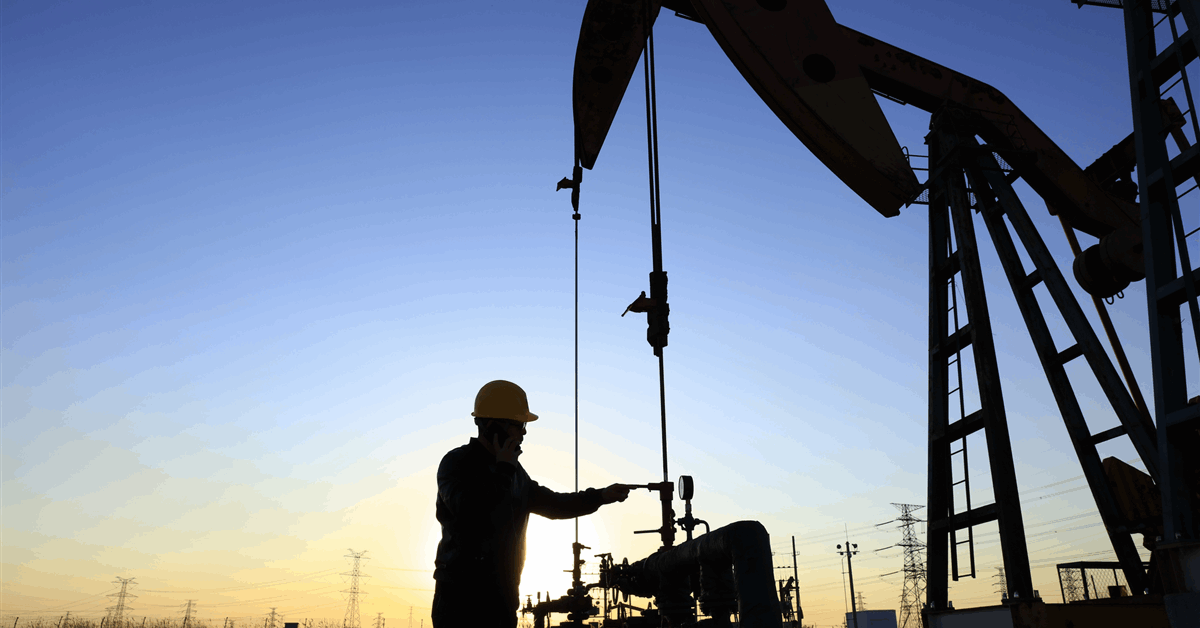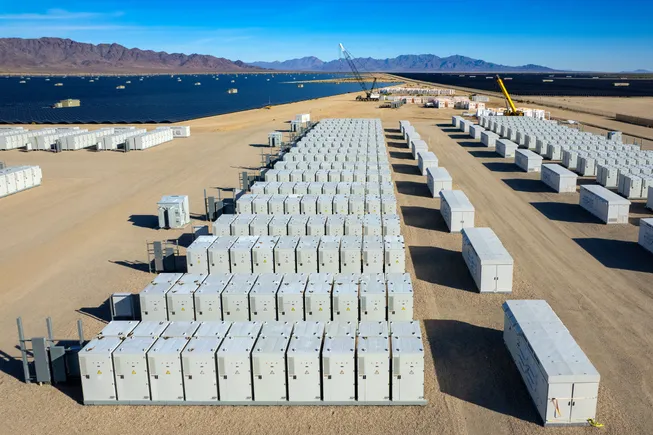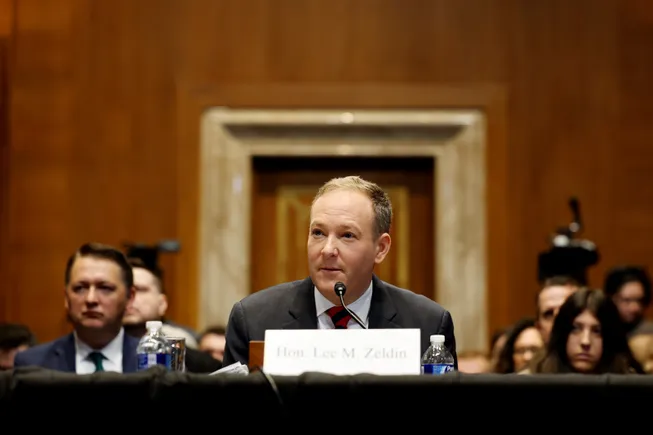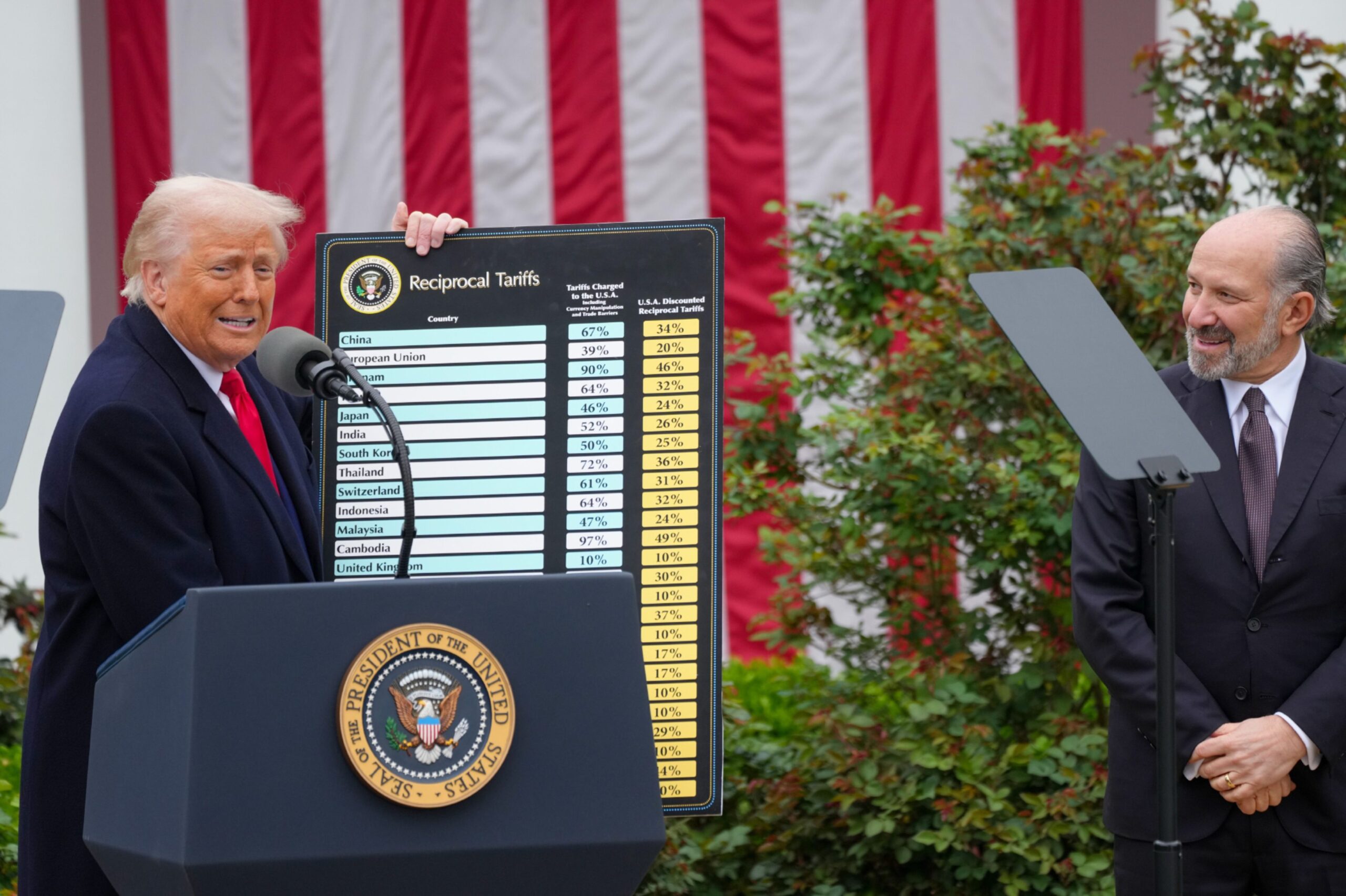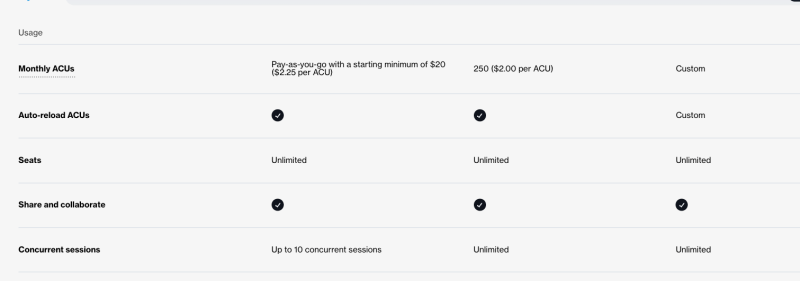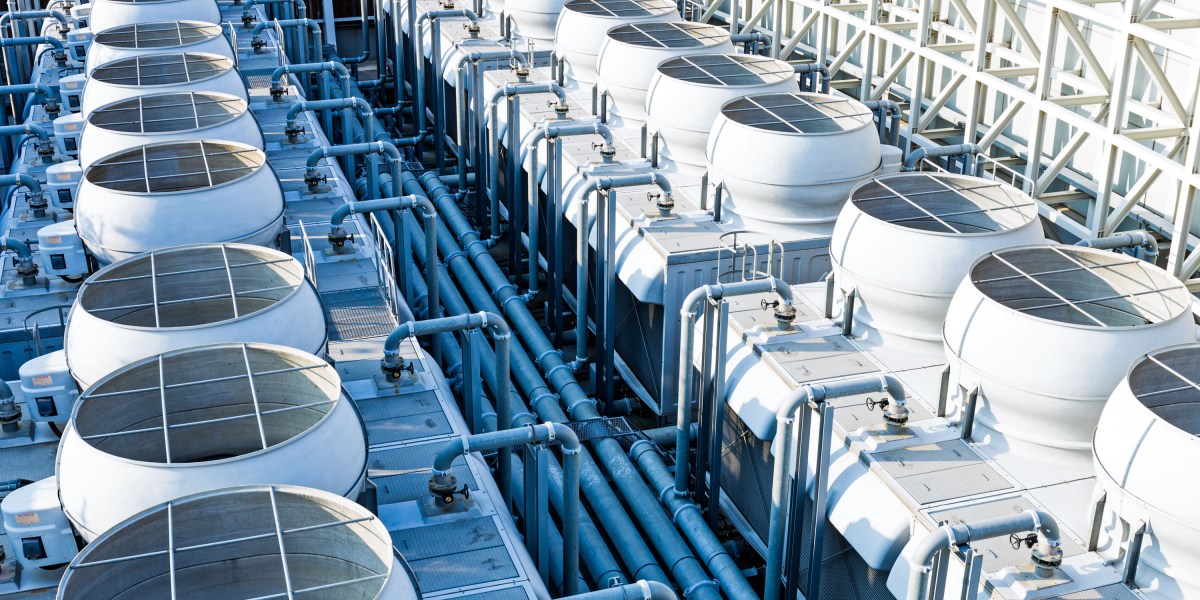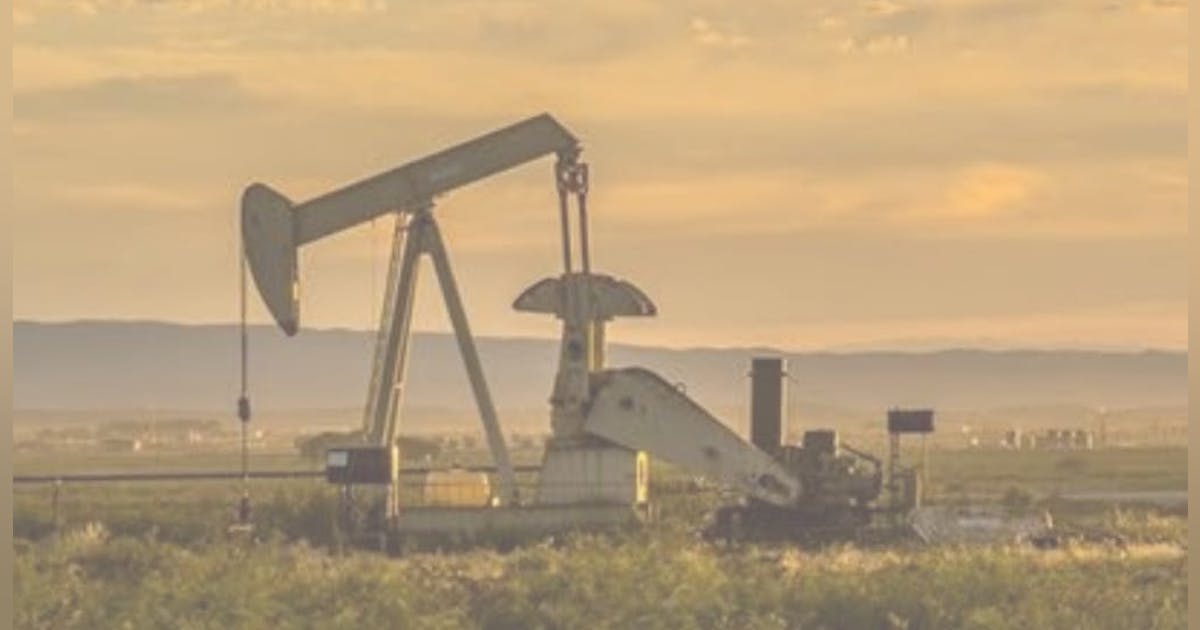
And yet: Despite those generally upbeat readings, respondents’ comments to Fed analysts were very focused on the uncertainty that the Trump administration’s energy and trade policies have created over the past 10 weeks. That instability, they said, as well as the downward trend in oil prices has many taking a more cautious view of the future even if those attitudes aren’t yet showing up in capex intentions.
“Planning for new development is extremely difficult right now due to the uncertainty around steel-based products,” one executive wrote. “Oil prices feel incredibly unstable, and it’s hard to gauge whether prices will be in the $50s per barrel or $70s per barrel. Combined, our ability to plan operations for any meaningful amount of time in the future has been severely diminished.”
WTI thresholds for opex, investment
Fed researchers this quarter also asked E&P companies some one-time questions about where they need West Texas Intermediate prices to be to cover the operating costs of existing wells as well as to profitably drill a new well. While the central bank asked the same question early last year, the timing of this survey was especially topical given recent comments by US Secretary of Energy to the Financial Times that the industry could still grow production profitably even if WTI fell to $50/bbl.
Not so fast, respondents to the Dallas Fed poll said: On the opex question, their responses averaged $41/bbl (up from $39 a year ago) and ranged from $26 in the Eagle Ford to $45 in parts of the Permian outside the Delaware and Midland basins.
But when it comes to justifying investments in new wells, respondents said they need at least $61 (in the Midland) to $70 in the ‘other’ parts of the Permian. The average price they need to profitably drill a new well is $65, up from $64 in early 2024. Firms producing at least 10,000 b/d have a cost advantage: Their leaders said they can drill at a WTI prices of $61/bbl while smaller producers said they need $66/bbl to expand.
In his comments to the Financial Times, Wright said today’s environment is analogous to a decade ago, when oil prices slumped to about $30/bbl but operators lowered their operating costs. Analysts at Wood Mackenzie, however, say a prolonged $50 price for WTI “would result in immediate production cuts” and several executives responding to the Dallas Fed’s survey agreed, with one saying “$70 per barrel is the new $50 per barrel.”
“There cannot be ‘US energy dominance’ and $50-per-barrel oil; those two statements are contradictory,” the executive said. “At $50-per-barrel oil, we will see US oil production start to decline immediately and likely significantly.”





